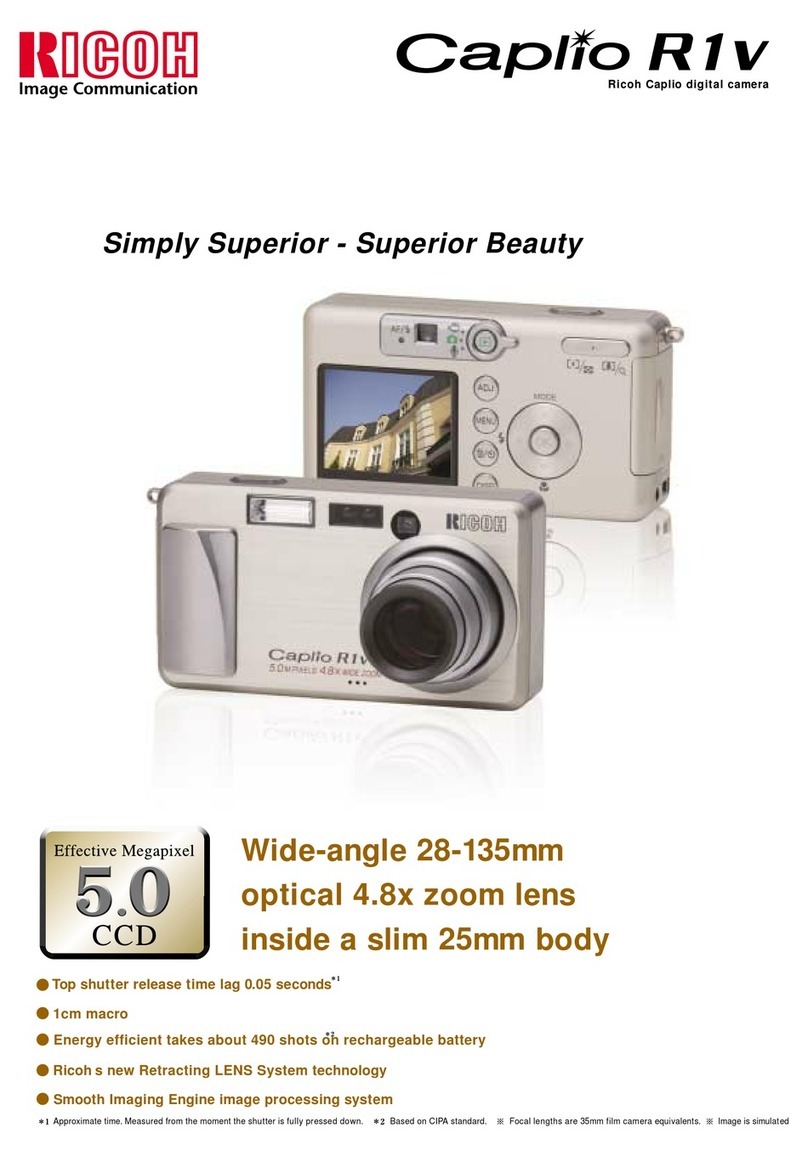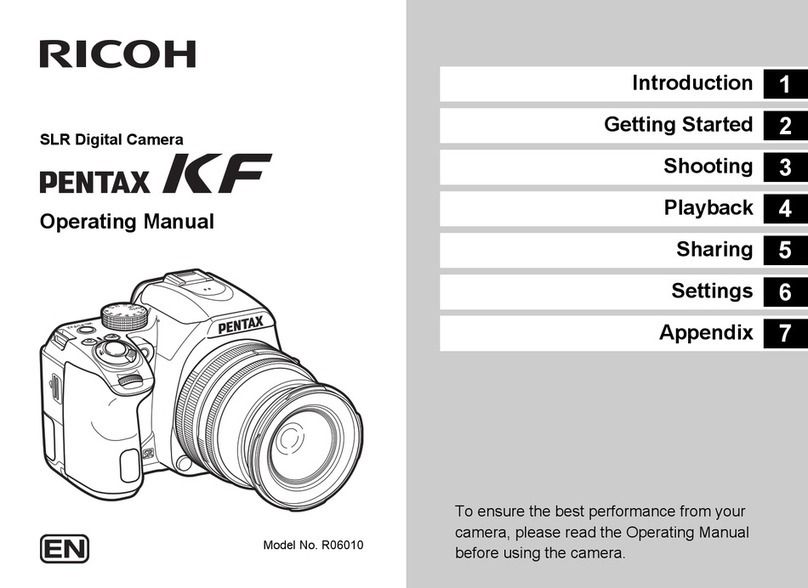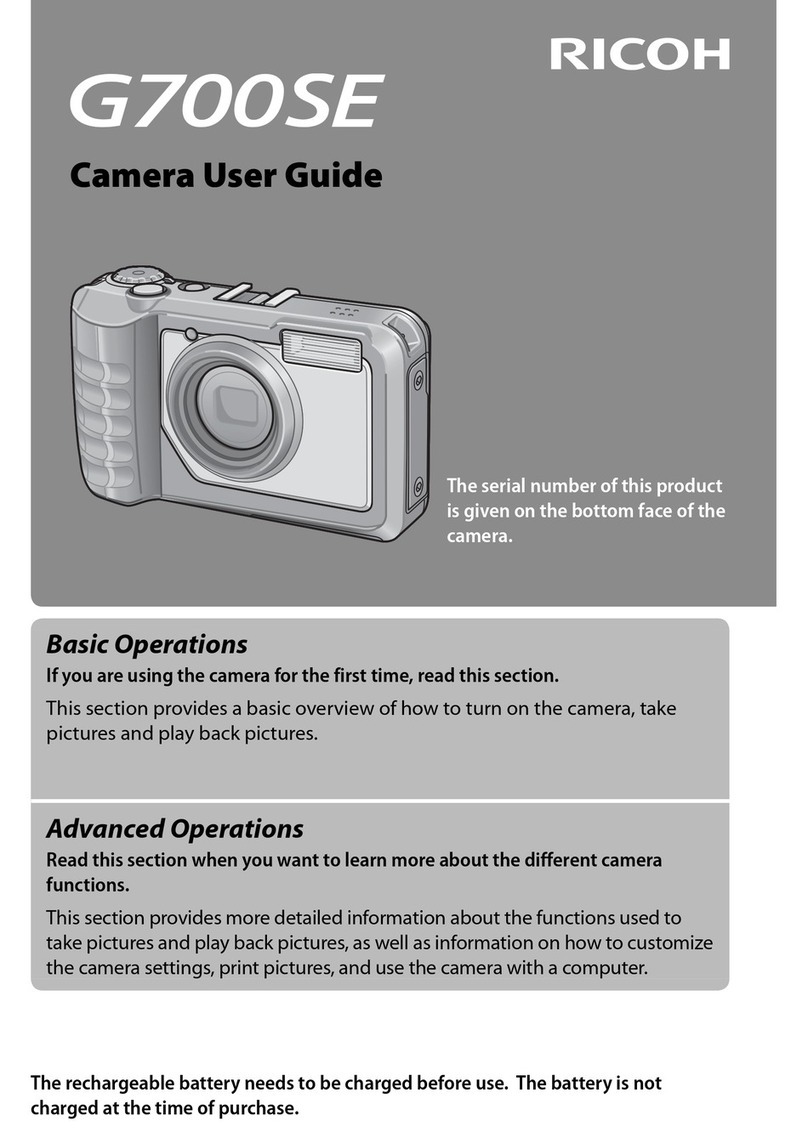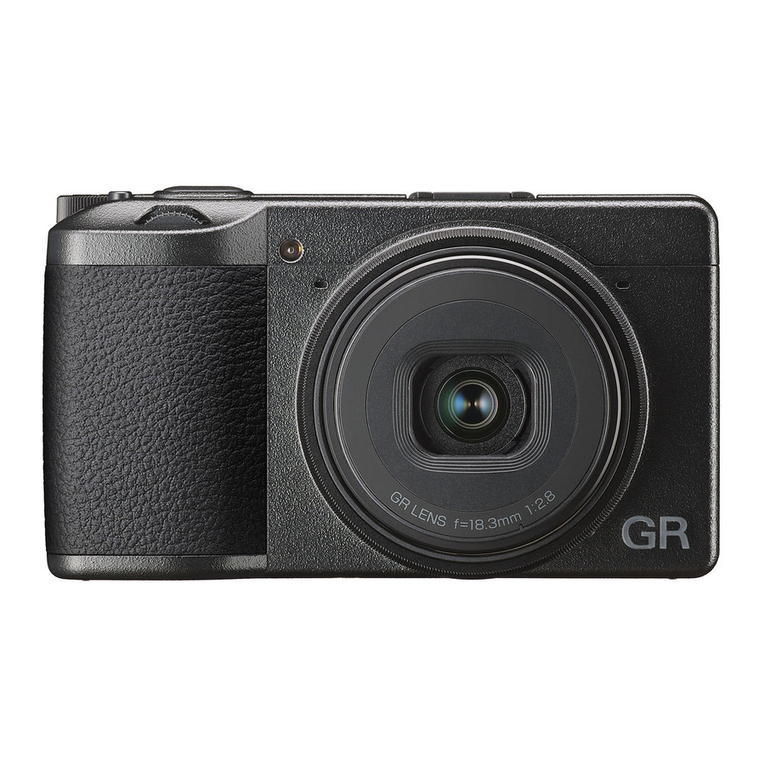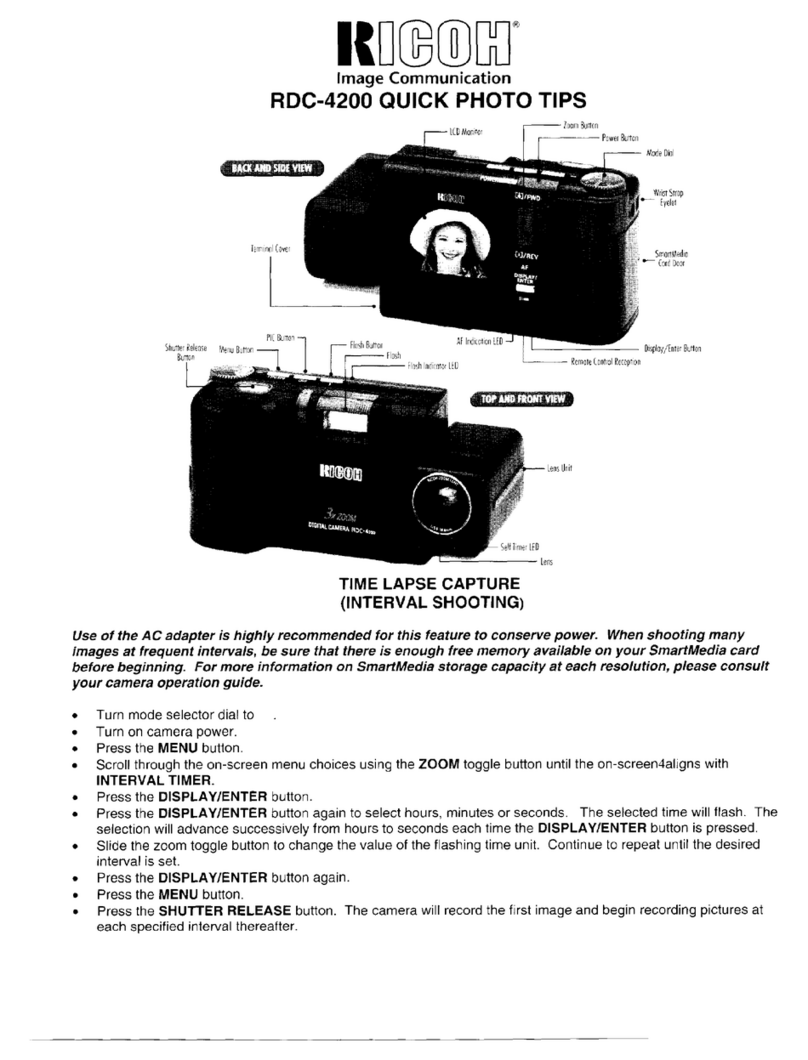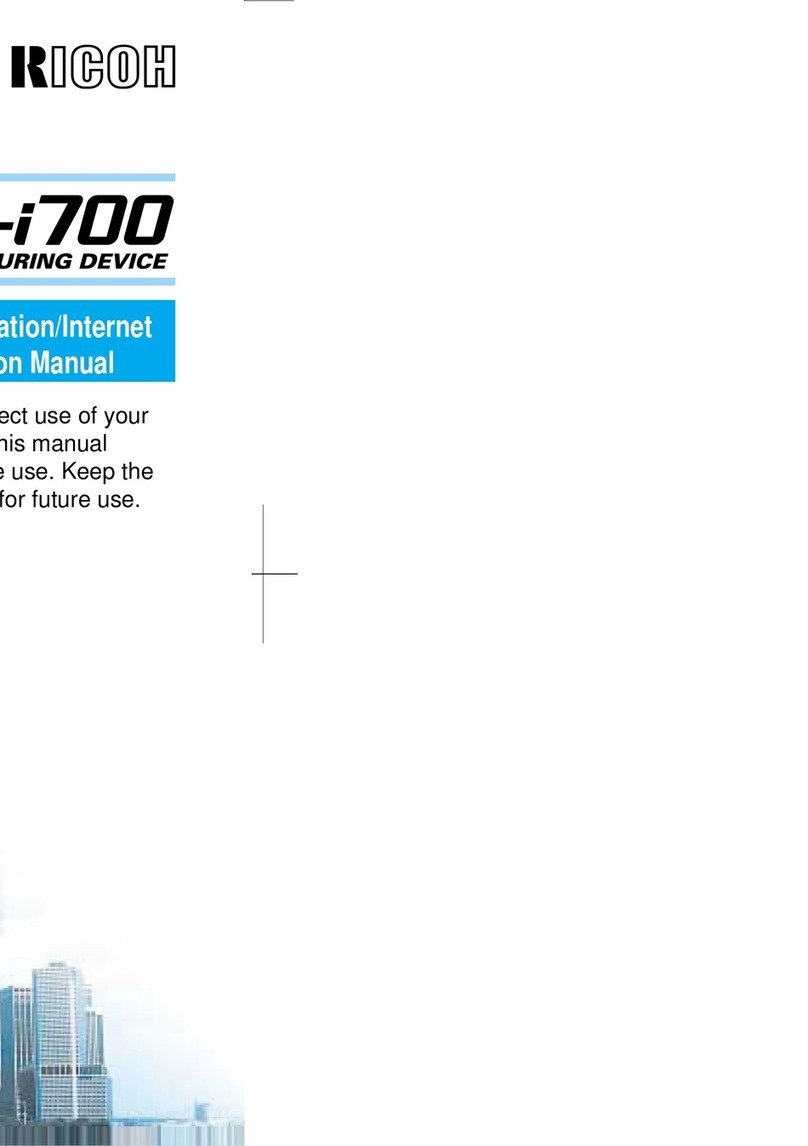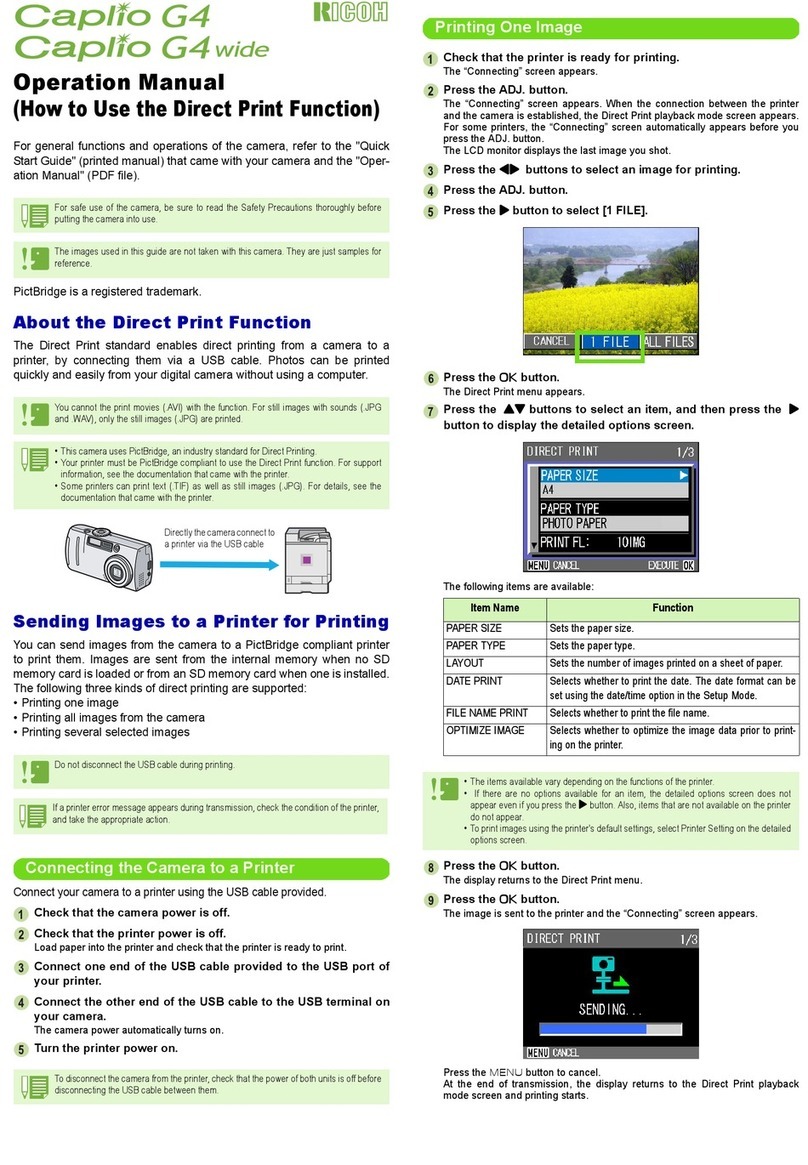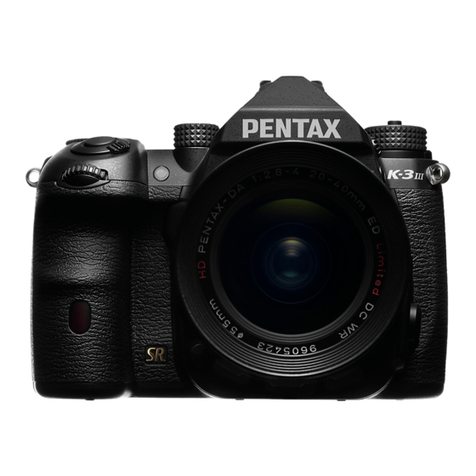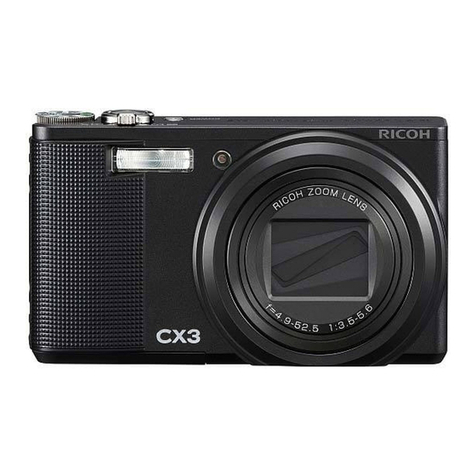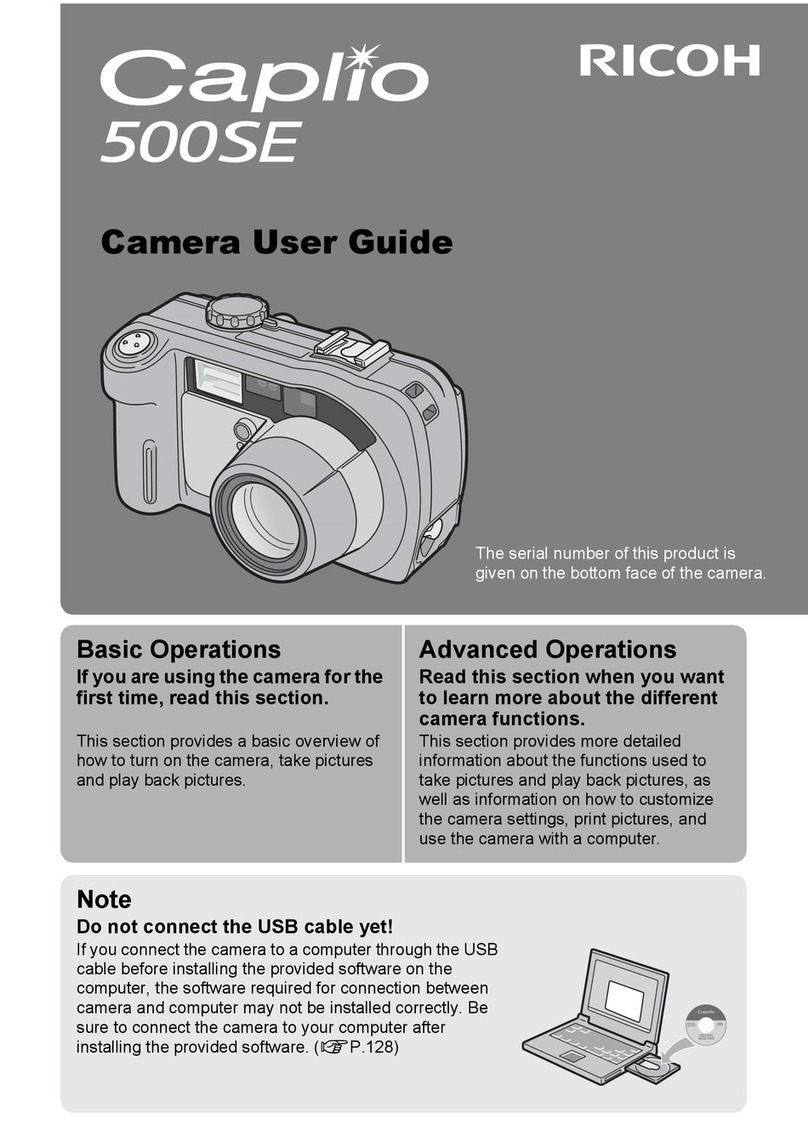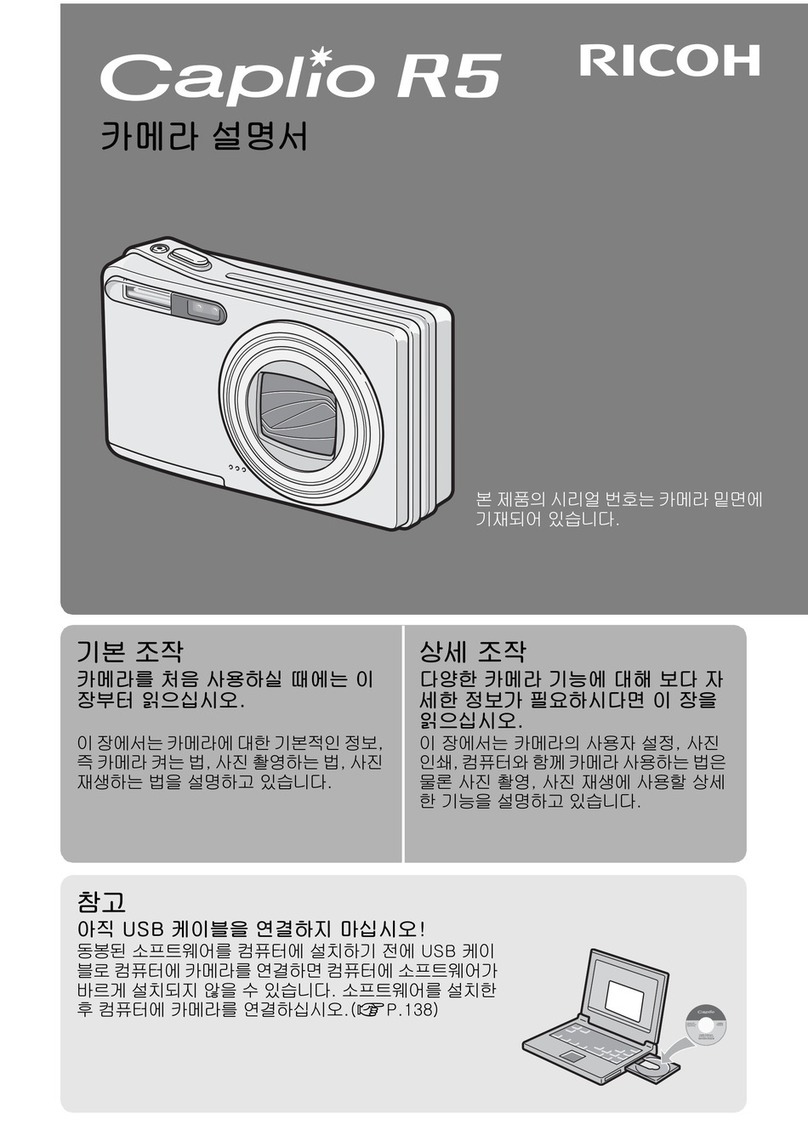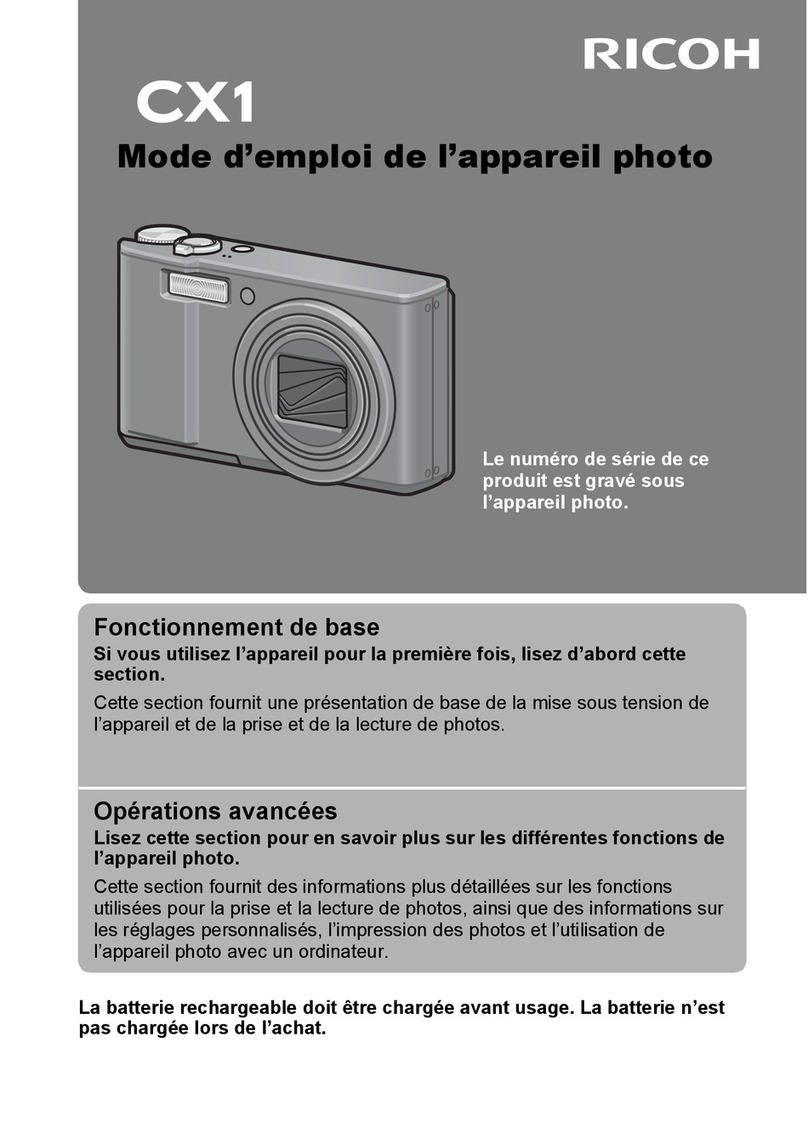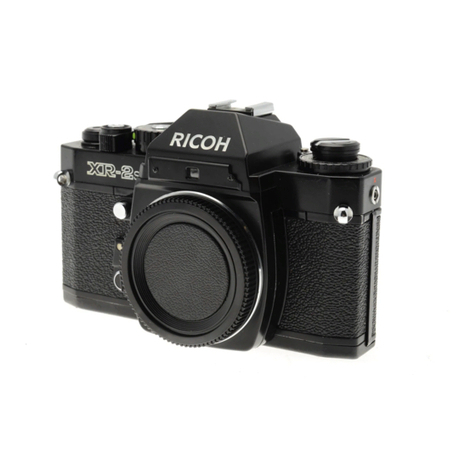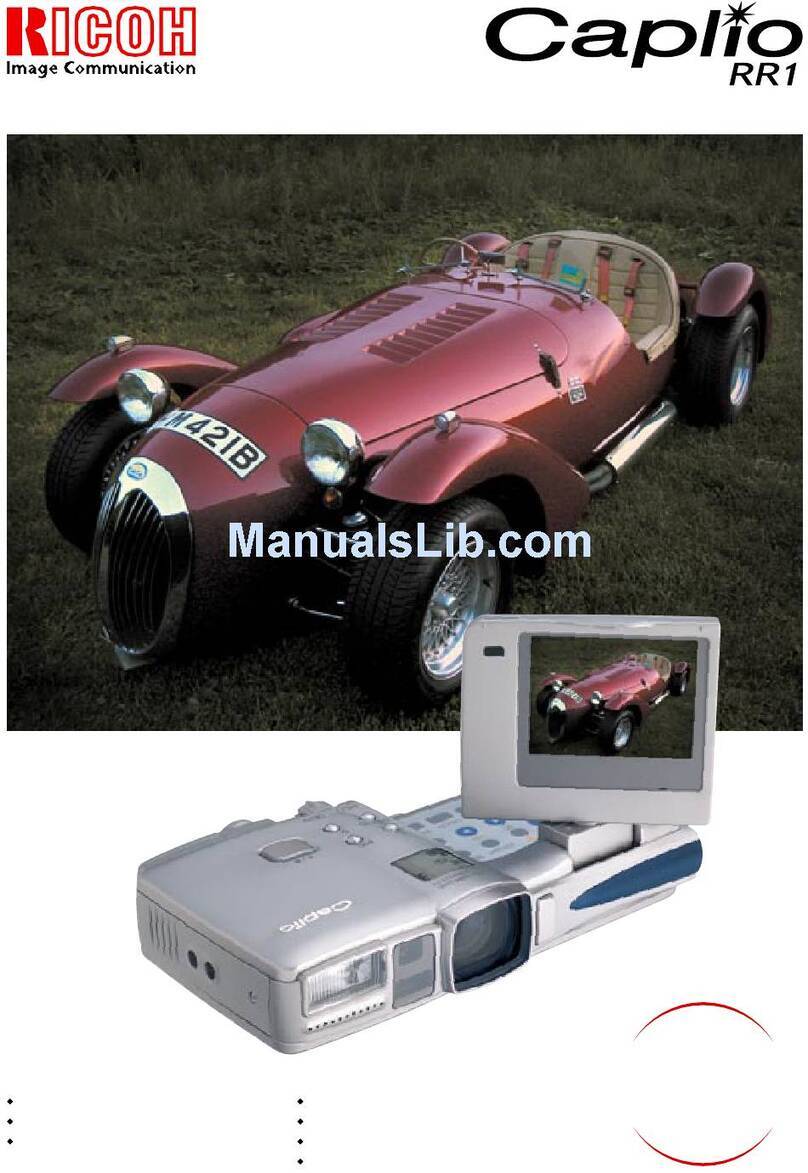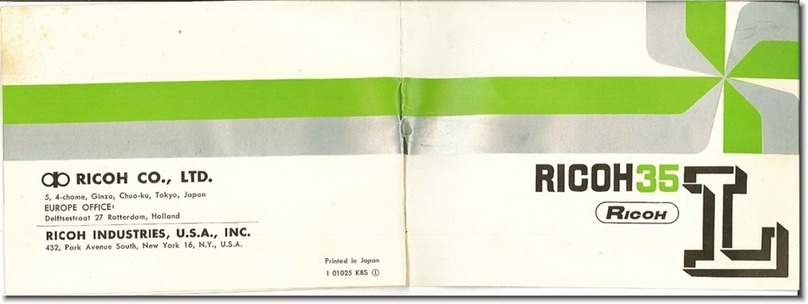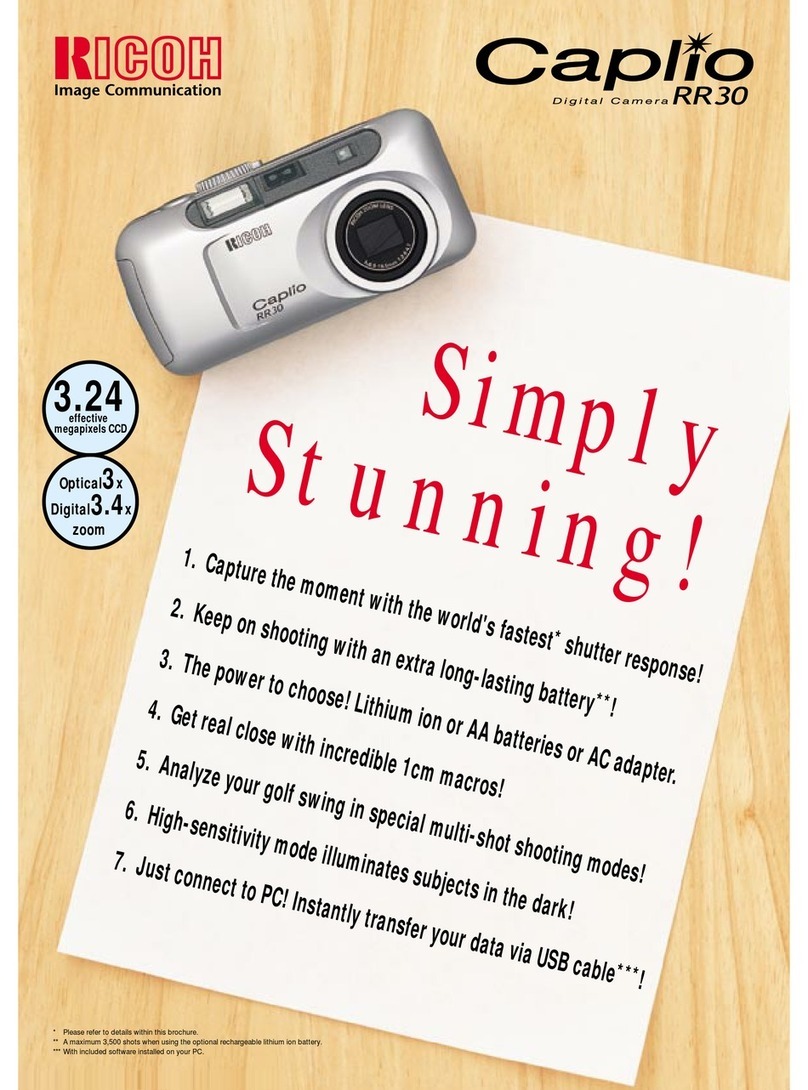
II
t
Regordless of how good o comero you hove, through
corelessexposure o much onticipoted subiect will turn out
o disoppointing white or block. In phofogrophy there is
nothing more importont thon proper exposure. Up till now,
moy people hove been toking photogrophs with only o
rough guess of the exposure bosed on their senses or
exposure tobles. Only through proper exposure con you
truly oppreciote the result of o good photogroph. To fulfil
this requirement it is best to use qn exposure meter which
determines the exposure scientificolly.
' The DIACORD L hos o built-in direct-reqding type expo
sure meter of the lotest type. Therefore, even q novice con
become proficient in photogrophy mony times foster thon
with comeros which do not hove o built-in exposure meter.
Especiolly in color photogrophy, it shows off its greotest
versotility.
PRINCIPTES
OF THE EXPOSURE
METER
The light window behind the nome plote is o selenium
photocell.
When light strikes
this light window on electric current is generoted
occording to the strength of the light. (ln other words, the selenium
photocell octs os o converter ond converts light into electric current).
When ihis electric current is tronsmitted fo the golvonometer, the
needle inside the exposure meter, of the side of the comero, moves
ond indicotes the brightnessof the subiect on its light scole. This is
how qn exposure meter meosures the proper setting. Further, the
numbers which oppeor on the DIACORD L light scole indicote light
volues. Slight differences in respective methods or meons moy exist
but the principle of o light meter is os exploined obove.
8-
